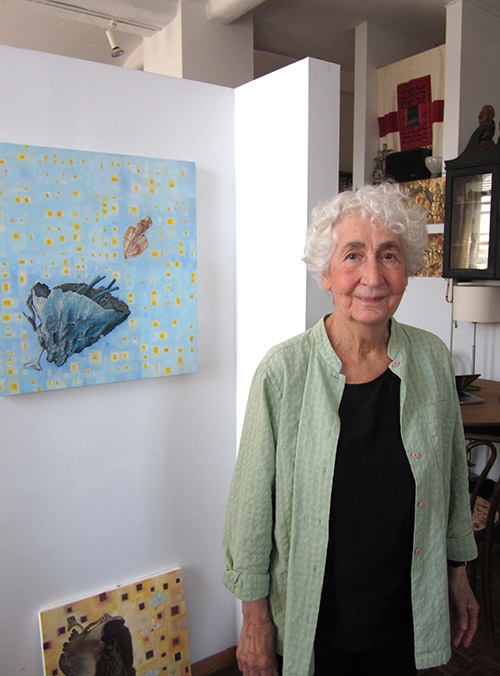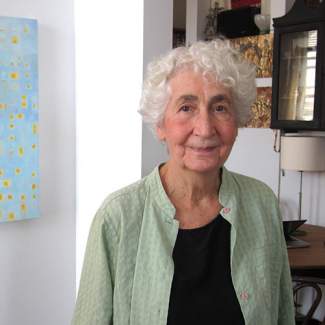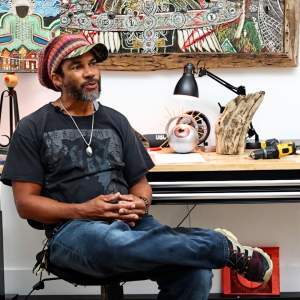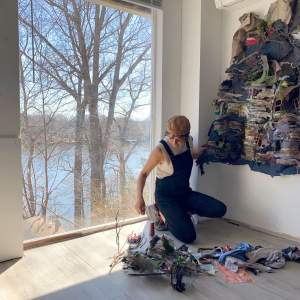Creating a Living Legacy: Gwen Fabricant
Gwen Fabricant
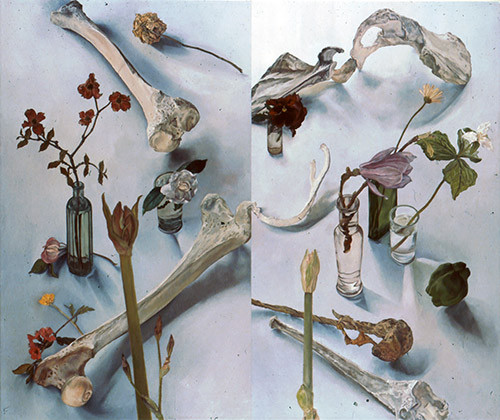
Can you share what has changed for you as a result of being part of the CALL program?
My work spaces and living spaces have always been completely intermixed into one rather small place, something like a Chinese Puzzle Box to which I didn't have all the keys. Now I know where each work is located in the studio, and in other spaces in my home, in well-organized and accessible places -- as well as where to find each one in a digital inventory.
CALL enabled me to cross the divide into the digital age. This opened new ways for me to communicate with people and institutions.
In order to create this archive we had to bring all the past work out into the open present, and that, surprisingly, changed the way I see the whole course of my work.
Can you give us a sense of what needed to be accomplished when you started working with the CALL program?
When I was invited to work with CALL I had reached a disturbing impasse. Up until a few years before then, I had slides made of almost all my work. I kept a written list, on sheets of paper, of paintings made, sold, or exhibited, but kept no record of work done in other mediums. I sent out hand-written letters for all formal contacts and applications, in envelopes along with the slides. My sense of isolation from the "art world" certainly increased when everything switched to digital forms. I felt unable to make this change myself, so I had stopped, almost completely, keeping track of the work.
When Lael Marshall (CALL Legacy Specialist) started to work with me she immediately began to implement sound archival methods to protect and store the paintings and works on paper. My studio, and most of the rest of my home, had to be re-configured to expand the tight space. This took many moves of materials, artwork, and new and rebuilt studio furniture, until we found the best set-up. Better lighting had to be installed. Work that is stored in the "living" spaces had to brought to light, inventoried, and then replaced into a a better system.
The many boxes of film slides needed to be converted to digital images by scanning, and then entered into the inventory. The paper files and collections needed to be entered into the computer, both as "lists" and "files", which I was already familiar with in their paper forms, and then entered into the marvelous computer Database being developed by the Joan Mitchell Foundation.
During the process of taking photographs and entering the work into inventory, we realized the need for a website; Lael designed one, which makes it possible, for the first time, for anyone to view a wide range of my work online.
I came to see that I would need to try to understand everything about this process as fully as possible, and to participate in it, so that I can continue the process myself when the program ends for me.
What has been the most rewarding aspect of this work?
I gained new insight and direction for the work I am doing now, from the deeply emotional experience of going into the past to see again all the work I have made from around 1965 to the present. Lael's sensitivity and optimism were crucial to the success of the project, along with her generous and intelligent expertise. It was wonderful to do this work with the companionship of a fellow-artist who understands the tenacity and discipline needed for this life.
What has been most difficult?
Coming up against my lack of any natural facility with the computer.
It is difficult to figure out how to bring all of the photographic records of my work up to the level I would like.
What do you recommend to artist who might be in the early stages of creating an inventorying system?
Think of the different components of the whole body of your work, in order to design the structure of the inventory.
Store each of the components in a defined location in the studio, or storage area. The inventory system is a mirror of the physical organization of the studio, until the work leaves the studio. So, it is a good idea to enter the new work into the inventory as soon as the work is completed, even in the early stages of creating the inventory.
